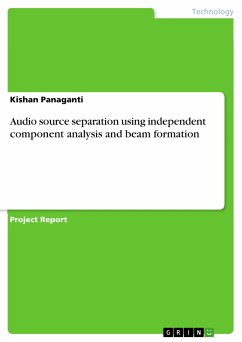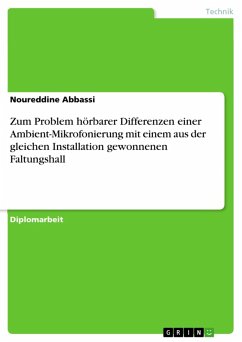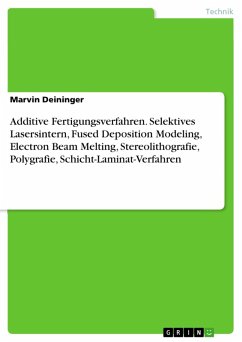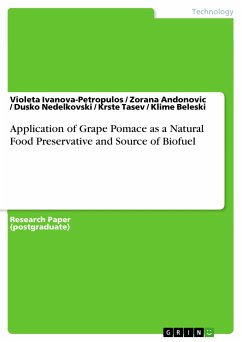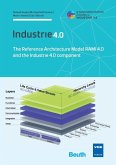Project Report from the year 2013 in the subject Audio Engineering, grade: 10, , course: ECE, language: English, abstract: Audio source separation is the problem of automated separation of audio sources present in a room, using a set of differently placed microphones, capturing the auditory scene. The whole problem resembles the task a human can solve in a cocktail party situation, where using two sensors (ears), the brain can focus on a specific source of interest, suppressing all other sources present (cocktail party problem). For computational and conceptual simplicity this problem is often represented as a linear transformation of the original audio signals. In other words, each component (multivariate signal) of the representation is a linear combination of the original variables (original subcomponents). In signal processing, independent component analysis (ICA) is a computational method for separating a multivariate signal into additive subcomponents by assuming that the subcomponents are non-Gaussian signals and that they are all statistically independent from each other. Such a representation seems to capture the essential structure of the data in many applications. Here we separate audio using different criteria suggested for ICA, being PCA (Principal Component Analysis), Non-gaussianity maximization using kurtosis and neg-entropy methods, frequency domain approach using non-gaussianity maximization and beamforming.
Dieser Download kann aus rechtlichen Gründen nur mit Rechnungsadresse in A, B, BG, CY, CZ, D, DK, EW, E, FIN, F, GR, HR, H, IRL, I, LT, L, LR, M, NL, PL, P, R, S, SLO, SK ausgeliefert werden.
Hinweis: Dieser Artikel kann nur an eine deutsche Lieferadresse ausgeliefert werden.

